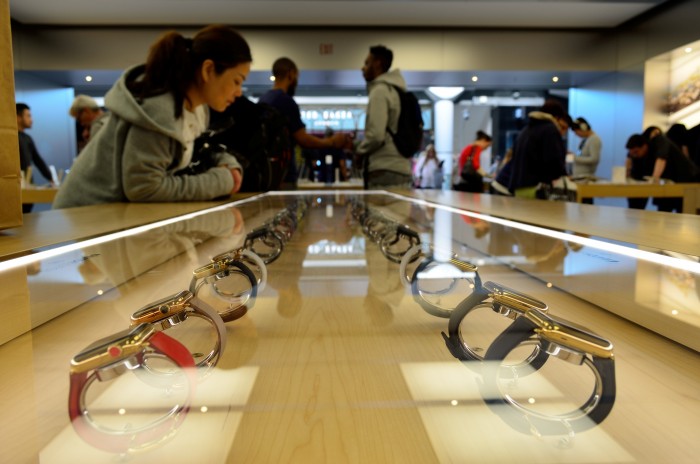Folks,
We saw a while ago that the decline in sales of PCs, tablets, and smartphones is easy to understand. There are two main drivers of this trend:
- The market is saturated. In other words, almost everyone that wants one has a device.
- These devices have such high capability that upgrading is more often done due to worn out units. It is not driven by the need for the new, but only to incrementally improve existing devices.
It is interesting to consider how much effort has been spent on the reliability of electronic solder joints when the anecdotal experience of most people is that, if a unit fails, it is more often due to some mechanical problem like a worn out keyboard or an audio plug that no longer works. We are replacing old units, not for electrical fails, but for mechanical wear issues. It will be interesting if someone starts addressing this need more vigorously.
Even with the market for PCs, tablets, and smartphones stabilizing, the numbers of units sold per year is still large. PCs sell at a rate of about 250 million per year, and tablets at 150 million per year, as discussed in the post mentioned above. Smartphones are truly a phenomenon however, with units per year in the 1.5 billion range. Time will tell, but I wouldn’t be surprised if smartphones will eventually be considered more transformational than PCs.
While such devices are sold in hundreds of millions to billions annually, smartwatch yearly volumes are only in the 10s of millions. I don’t see this figure moving upward much ever. Let me explain.
Having used an Apple Watch for over a year now, I think I am qualified to discuss the usefulness of this and similar devices. First of all, let me state that I like my Apple Watch® and use it quite a bit. I like the feature that I can see the outdoor temperature with a flick of my wrist, and I use the fitness tracking app constantly. I used to miss an occasional phone call when my mobile phone was on vibrate. However, with my Apple Watch® also vibrating on my wrist, such misses are a thing of the past. In addition, I can pull a Dick Tracy and speak into my watch's telephone feature if I want.

But these features are not enough. First of all, I must have an iPhone® for the Apple Watch® to work, but, more importantly, the small size of the watch’s face makes it difficult to use by tapping. Remember calculator watches? It is simply easier to just get out my iPhone 6S® to perform various tasks. This is an important aspect of the interaction of humans and electronics; human size factors dictate that a certain minimum size exists for a device to be useful. For most folks, this size is that of an iPhone 6S,® or others might need an iPhone6S Plus®, or the largest Samsung Galaxy or equivalent smartphone from other manufacturers.
Considering its diminutive size, I don’t see the smart watch being a dominant technology unless someone invents a projection screen device as envisioned in the Cicret. And please remember the Cicret is only a concept, not a working device.
Cheers,
Dr. Ron


